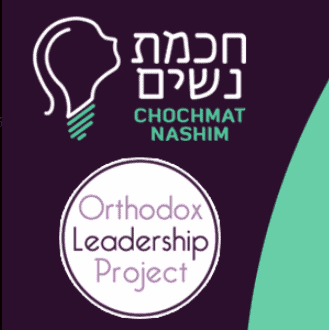In Parshat Toledot, there are two central questions: what made Isaac doubt his son? And, what ultimately set his mind at ease?
Recall: An aging Isaac sends his eldest son, Esau, to prepare a meal, at which he (Isaac) plans to bless him (Esau). Objecting to this plan, Rebecca sends Jacob instead to prepare the same meal, disguise himself as his brother, and take the blessing for himself. In the ensuing interaction, Isaac and Jacob face off, the former trying to uncover his son’s identity, and the latter trying to disguise it. The whole process, ostensibly one of doubt and deception, reveals a great deal about character, integrity, and hope.
